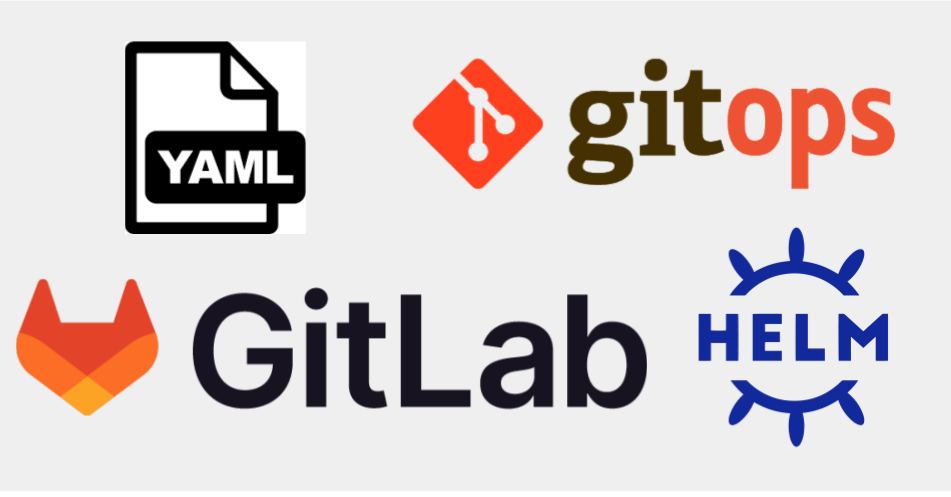
Are you tired of dealing with the tedious manual process of deploying and managing your applications? Say hello to GitOps. GitOps is a modern approach to application deployment and management that utilizes version control systems like Git to automate the deployment process. In this article, we will discuss how to implement GitOps using GitLab.
What is GitOps?
GitOps is a methodology that enables developers and operations teams to manage infrastructure and applications in a declarative way, using version control systems like Git. With GitOps, changes to the infrastructure and application code are made through Git commits, which trigger automated deployment pipelines. This approach ensures that the entire application stack is version controlled, including infrastructure configuration, application code, and deployment pipelines.
Why use GitOps?
GitOps provides several benefits, including:
- Version control: GitOps allows you to version control your entire application stack, including infrastructure and configuration files, deployment pipelines, and application code.
- Automation: GitOps automates the deployment process, making it more efficient and reliable.
- Collaboration: GitOps enables collaboration between developers and operations teams, as they can work together on a single version-controlled repository.
- Consistency: GitOps ensures that the application stack is consistent across all environments, from development to production.
- Traceability: GitOps provides a complete audit trail of all changes made to the application stack, making it easier to troubleshoot issues.
How to implement GitOps using GitLab?
GitLab is a popular Git hosting platform that provides built-in CI/CD pipelines, making it an ideal choice for implementing GitOps. Here’s how you can implement GitOps using GitLab:
Step 1: Set up a Git repository
The first step in implementing GitOps using GitLab is to set up a Git repository for your application. This repository will contain all the code and configuration files for your application, as well as the deployment pipeline.
Step 2: Define your deployment pipeline
The next step is to define your deployment pipeline. This pipeline should include all the necessary stages for deploying your application, such as build, test, deploy, and rollback. You can define your deployment pipeline using the GitLab CI/CD configuration file, which is stored in the root of your Git repository.
Step 3: Automate your pipeline
Once you have defined your deployment pipeline, the next step is to automate it. GitLab provides built-in CI/CD runners that can execute your pipeline and trigger deployments automatically. These runners can be hosted on-premises or in the cloud.
Step 4: Use GitOps to deploy your application
With your deployment pipeline automated, the final step is to use GitOps to deploy your application. This involves making changes to your application code or infrastructure configuration files through Git commits, which trigger the deployment pipeline. The deployment pipeline then automatically deploys your application to the desired environment.
Conclusion
GitOps is a modern approach to application deployment and management that provides several benefits, including version control, automation, collaboration, consistency, and traceability. GitLab provides an ideal platform for implementing GitOps, as it provides built-in CI/CD pipelines and runners that can automate the deployment process. By following the steps outlined in this article, you can easily implement GitOps using GitLab and streamline your application deployment and management process.
Email- contact@devopsschool.com

 Starting: 1st of Every Month
Starting: 1st of Every Month  +91 8409492687
+91 8409492687  Contact@DevOpsSchool.com
Contact@DevOpsSchool.com
